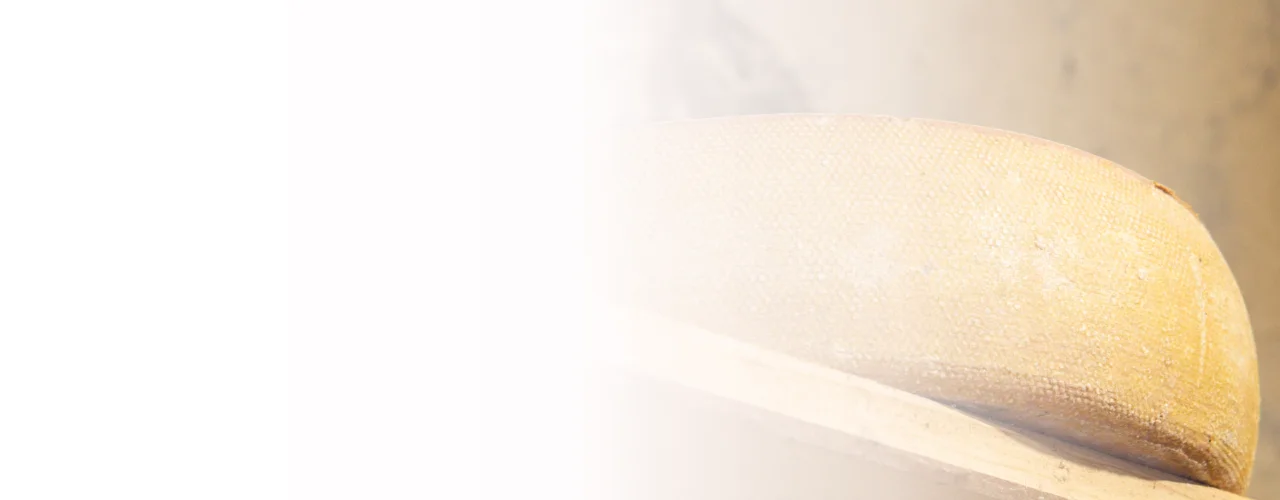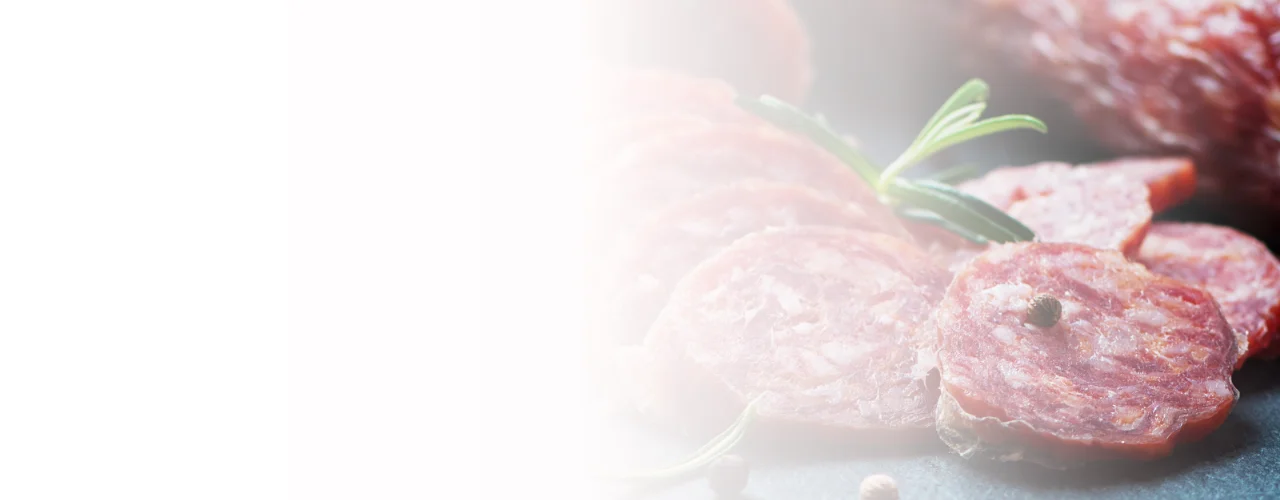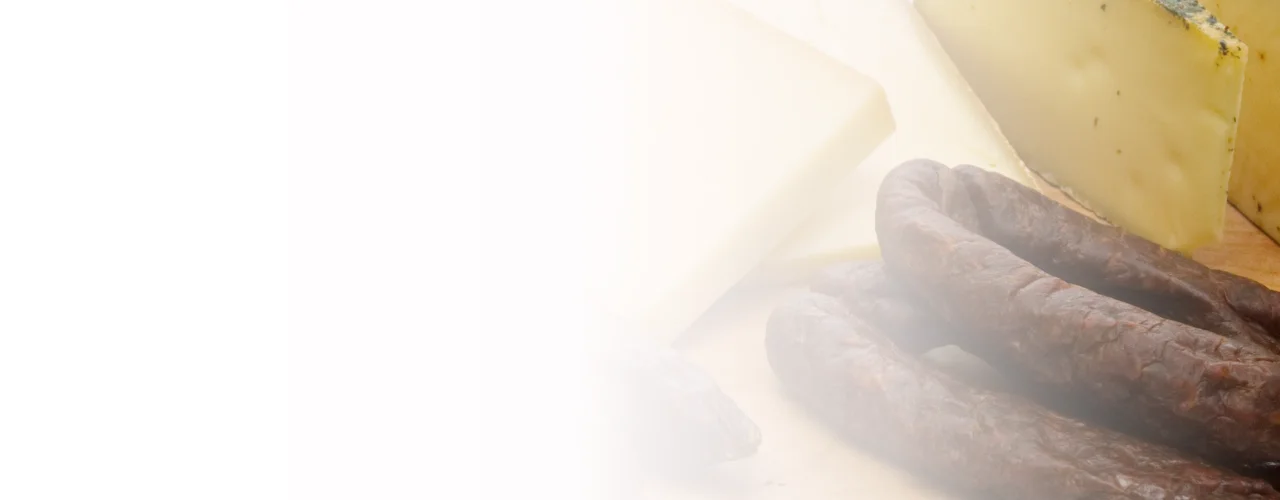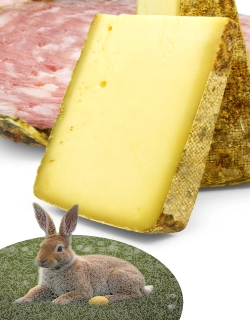Cheese encyclopedia
Hay Milk – 100% Pure Nature
Hay milk – fresh grass and sun-dried grass – nothing else
Alpine secret: 100% naturalHere in Austria, we call our fresh, natural milk for our cheese production hay milk (hay mild standard) - in Germany it is different. » More info alpine milkCheese milk is the milk intended for the production of cheese, also with the concomitant use of buttermilk products, cream products, sweet whey, sour whey and whey cream (whey cream) » More info.
Hay milkHay milk comes from cows that are fed exclusively with fresh grassland feed, hay and little grain. » More info comes from cows that are fed exclusively with fresh grassland feed, hay and little grain.
For our alpine dairy, one consciously abstains from milk due to silage feeding. So a “silage milk” would affect the qualityDetecting cheese defects and quality - on the cheese dough. Recognizing cheese defects requires some practice. » More info of the Alpine cheese too negative.

The share of hay milk in total milk production in Europe is only about 3%.
Previously, this milk was also called silage-freeHealthy hay milk comes from cows that are fed exclusively on fresh grassland feed, hay and grain. » More info or hard cheeseThe Vorarlberger Bergkäse (mountain cheese) is a regional cheese specialty from the Austrian province Vorarlberg. » More info suitable milk.
What’s so special about hay milk?
Hay milk is much healthier than milk and dairy products made of silage milk.
In the trend: There are now many products that are made with pure hay milk: butter, cheese, whipped cream, fruit yoghurt, even chocolate.
Hay as feed for dairy cows
Hay is a natural, herb-rich feed for the dairy cows. In our Bregenzerwald area this comes directly from the alpine meadows of the region.
The result is healthy cows with significantly longer life expectancy and healthy, harmless milk.
The so-called “duration of use of dairy cows” (= the number of calves they can get) is more than 10 calves, which is three to four times (!) Of silage-fed cows.
Healthy ingredients of hay milk
Compared to silo milk, hay milk contains much less germs and about twice the amount of omega-3 fatty acids.
Likewise, hay milk contains about twice as much conjugated linoleic acid (CLA) and many other antioxidants, which has been analyzed in several studies (for example, at the University of Natural Resources and Applied Life Sciences in Vienna by Dr. Buchgraber and Dr. Ginzinger).
Omega-3 fatty acids cause:
- a better cell metabolism
- an improvement in cholesterol levels
- a reduction in body fatThe dry matter refers to that portion of the cheese that remains after removal of the water contained. The more water is removed from the cheese, the lower its dry matter and vice versa. » More info while increasing muscle
- and also lead to improved thinking and learning.
Furthermore, CLA strengthen the immune system, improve the resistance to bacteriaBacterium Linens (red culture bacteria) are brushed with salt water on the cheese. » More info and viruses, have antioxidant and anticarcinogenic (protectionTo protect the cheese wheel, it is put into salt bath or turned into dry salt. The salt removes water from the cheese and it dries faster. So the rind is formed. » More info against cancer and cardiovascular diseaseTo kill off any germs present in the milk, it is briefly heated and then immediately cooled again. » More info).
Hay milk in particular contains a high amount of both Omega 3 fatty acids and CLA – twice as much as silage milk.
In the meantime, food chains have recognized the importance of hay milk and sometimes offer milk and milk products from hay milk.


















